
The skunk gun is a versatile, effective, non-lethal tool for crowd control, wildlife management, and personal security. Known for its ability to emit an intensely odorous spray, the device is designed to deter unwanted intrusions or behaviors humanely. This article provides a deep dive into the mechanics, applications, benefits, ethical considerations, and alternatives of skunk guns, offering valuable insights for those considering their use.
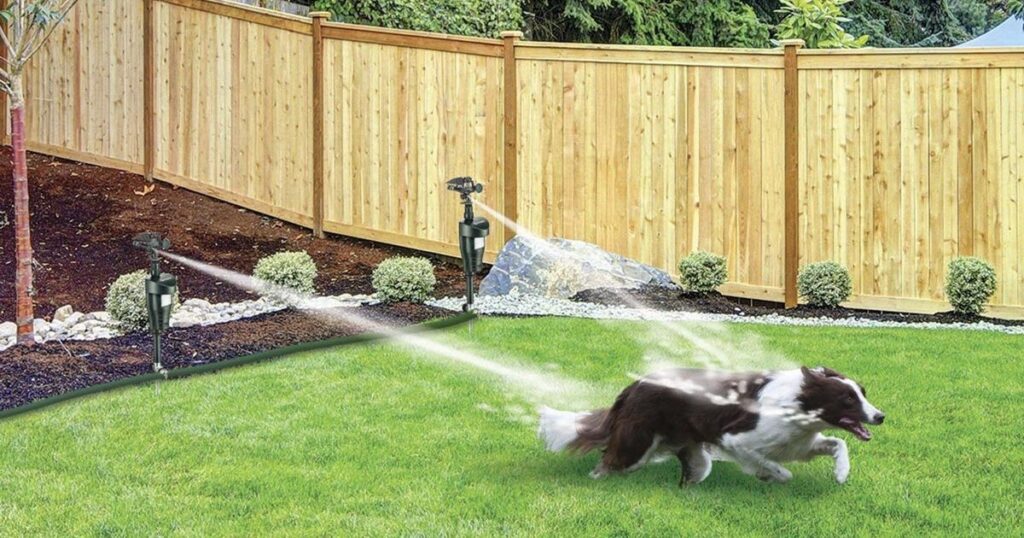
A skunk gun operates by releasing a powerful, malodorous spray. The liquid, designed to mimic the natural skunk smell, is formulated with organic compounds that stick to surfaces, skin, and clothing, ensuring its deterrent effect lingers.
The device utilizes a pressurized system to expel the liquid as a mist or stream, covering a significant area. Many skunk guns feature adjustable spray settings, allowing users to target specific zones or broad areas based on the situation.

Skunk guns are widely employed by law enforcement and security agencies during protests or riots. They offer a non-lethal alternative to traditional methods, dispersing crowds effectively while minimizing physical harm.
Farmers and property owners frequently use skunk guns to keep animals such as raccoons, deer, and skunks away from crops or gardens. The pungent odor warns wildlife, discouraging them from returning.
For homeowners, skunk guns can act as a deterrent against burglars or trespassers. The unpleasant smell is an effective psychological barrier, reducing the likelihood of repeat offenses.
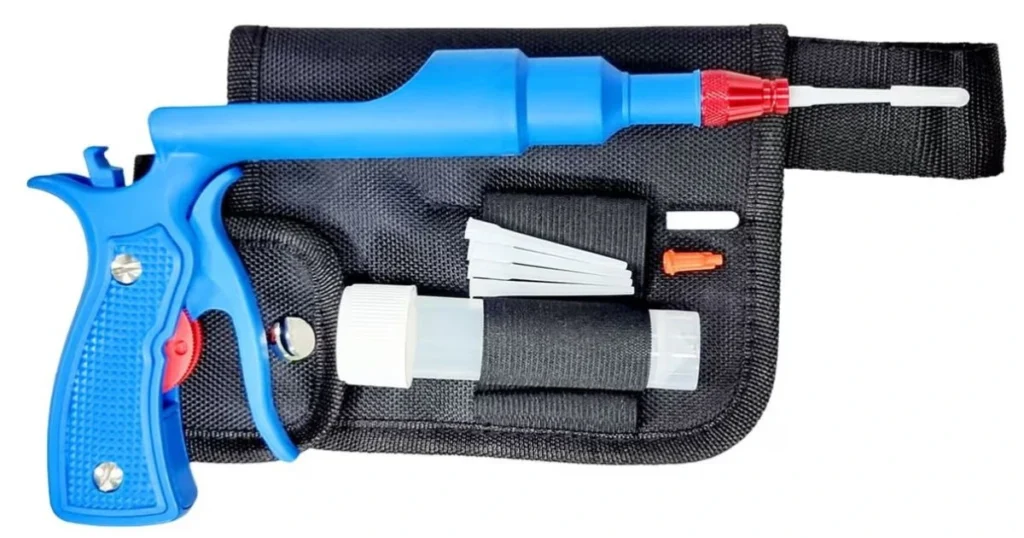
Skunk guns offer a non-lethal solution to deter threats, making them ideal for ethical crowd control and wildlife management.
Once purchased, skunk guns require minimal maintenance. Refills for the odorous liquid are affordable and last for extended periods, making them a budget-friendly option.
The device can cover a large radius, making it suitable for managing both human and animal intrusions over a broad area.
Lightweight and simple to operate, skunk guns can be utilized by individuals with minimal training, ensuring accessibility for all users.
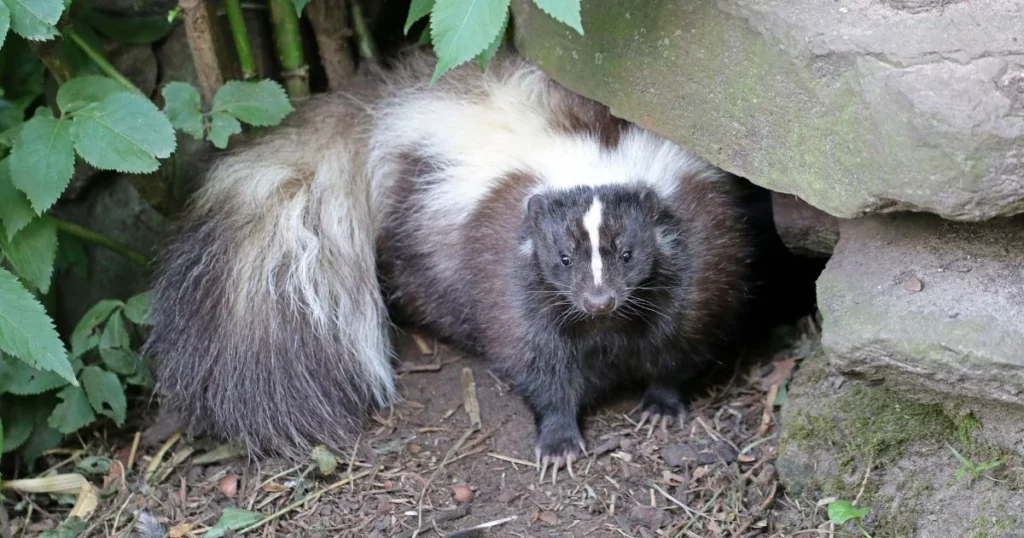
While the lingering smell is advantageous for deterrence, it can become problematic in unintended areas. Proper cleaning measures are crucial to address this issue.
The use of skunk guns during protests has drawn criticism due to their potential to cause psychological distress. These ethical concerns necessitate careful consideration of their application.
Skunk gun liquids disposed of improperly or overused can harm local ecosystems. To minimize environmental risks, it is essential to opt for biodegradable options.
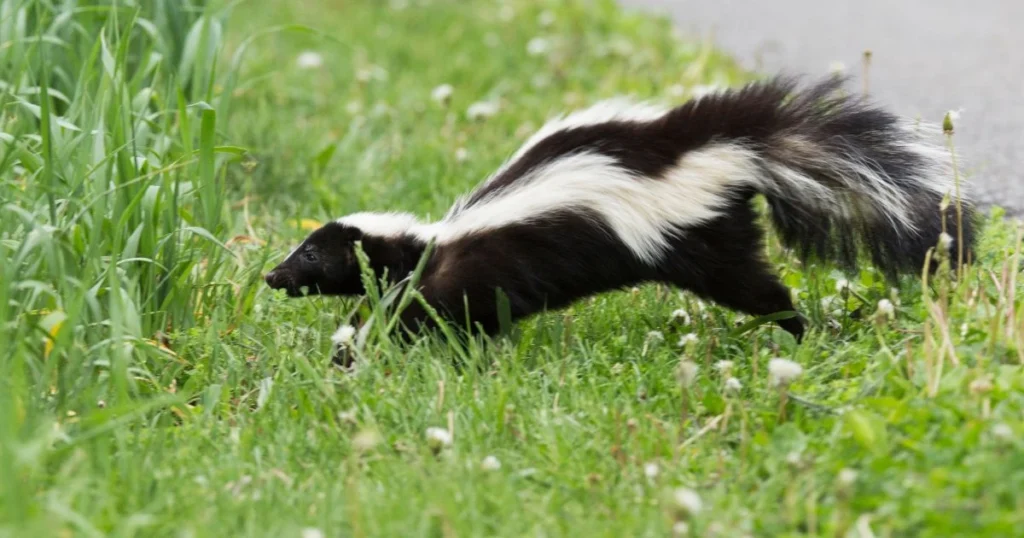
DIY skunk gun alternatives can be created using common household items for those seeking budget-friendly or temporary solutions.
Fill the spray bottle with the mixture, shake well, and use it to deter animals or trespassers. While less potent than commercial skunk guns, this solution provides a practical short-term fix.
These devices emit high-frequency sounds that deter wildlife without causing physical harm.
Ideal for gardens, these sprinklers release bursts of water when triggered, scaring away animals.
Essential oils like peppermint and citronella are natural deterrents for wildlife and pests. They can be sprayed around entry points to prevent access.
Installing fences, nets, or screens can prevent unwanted entry by humans and animals.
Skunk guns or DIY solutions may not suffice in some situations. In these cases, professional assistance is recommended.
Professionals can provide tailored, long-term solutions if wildlife repeatedly invades your property despite deterrents.
For comprehensive home security, consulting experts ensure the integration of skunk guns with other deterrents for maximum effectiveness.
When in doubt about the appropriate use of skunk guns, contacting organizations specializing in humane deterrence is essential.
Critter Stop, a trusted name in humane wildlife management, offers expert services to address these challenges effectively and ethically. Their experienced team provides peace of mind for homeowners and businesses alike.
Determine whether the issue involves wildlife, security threats, or crowd control. This will ensure that you deploy the skunk gun appropriately.
Use skunk guns in areas where the odor will have the most impact without affecting unintended targets.
Wear protective gear, including gloves and goggles, when handling or using the skunk gun to avoid accidental exposure.
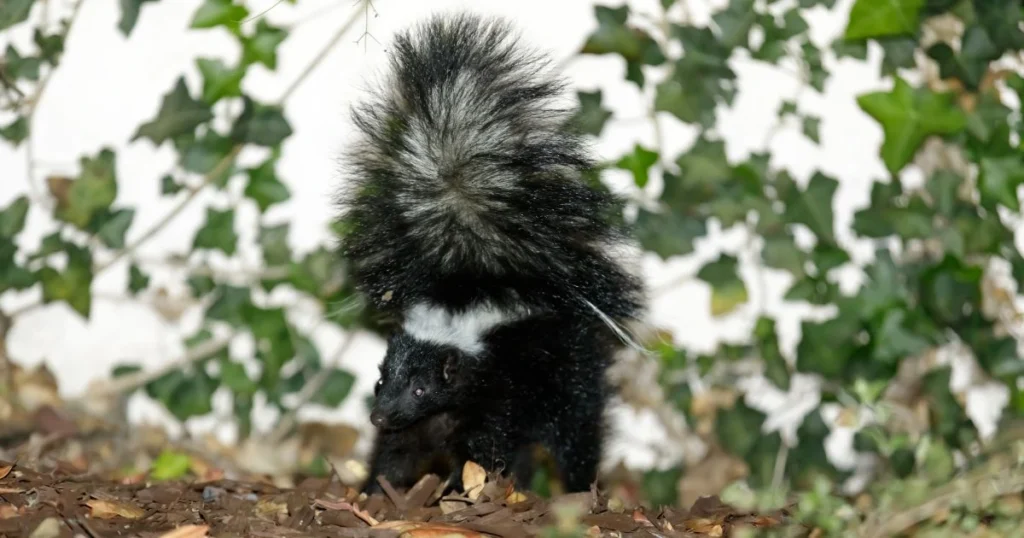
When skunk guns or alternatives fall short, Critter Stop is here to help. Specializing in humane wildlife removal and prevention, they tailor solutions to your needs. Contact Critter Stop today for expert assistance in managing wildlife and safeguarding your property.
Contact Information for Critter Stop:
The skunk gun is a versatile tool that offers a humane and effective way to deter unwanted threats. Its benefits are undeniable for crowd control, wildlife management, and home security. However, responsible use is crucial, considering the ethical and environmental implications. Consult professionals like Critter Stop for comprehensive and tailored solutions to your needs when in doubt.
Skunks are fascinating creatures, but their presence can lead to various challenges, from yard damage to potential health risks. This FAQ section addresses your most pressing questions about skunks, their behavior, and ways to manage them effectively.
A skunk gun typically refers to a tool used to humanely deter or remove skunks from areas where they are unwelcome. These devices often use non-lethal air pressure or scent sprays to repel skunks. Always follow local regulations when using such tools.
Juvenile skunks are young skunks that have recently left their nest. They are smaller than adults and often more curious. While they still possess their spray defense, they may lack the experience to avoid human interactions, making them more likely to enter residential areas.
Addressing a skunk problem involves removing attractants such as food, water, and shelter. Secure trash bins, eliminate standing water and block access to crawl spaces or sheds. Installing motion-activated lights or sprinklers can also deter skunks from returning.
A skunk's litter size typically ranges from 4 to 6 kits, but it can vary depending on factors like the skunk's age and environmental conditions. These kits stay with their mother for several months before venturing out independently.
Skunks can carry diseases such as rabies, leptospirosis, and canine distemper. While not all skunks are infected, avoiding direct contact is essential. If bitten or scratched, seek medical attention immediately and report the incident to local wildlife authorities.
Skunks are notorious for digging holes in yards, searching for grubs and insects. These holes are small and cone-shaped, but extensive digging can ruin lawns and flowerbeds. Skunks may also burrow under porches or sheds, causing structural damage.
Fluffy skunks are real and typically refer to skunks with especially dense fur. This can be due to genetics, age, or seasonal changes. While their appearance may seem endearing, they still possess the same defensive spray mechanism.
Rabies is the most common and concerning disease in skunks, particularly in certain regions. Skunks can also spread parasites like ticks and fleas, which carry additional health risks. Regular yard maintenance can reduce the likelihood of a skunk spreading disease on your property.
Skunks dig up yards in search of insects, particularly grubs, a primary food source. Their digging is often more frequent in the spring and fall when insect populations are active near the soil's surface. Controlling grub populations can help deter skunks.
A skunk infestation requires a comprehensive approach, including removing food sources, sealing entry points, and possibly seeking professional wildlife removal services. Critter Stop provides humane solutions to manage skunk infestations effectively. Call them at (214) 234-2616 for assistance.
To prevent skunks from digging in mulch, consider applying a layer of chicken wire under the mulch or using strong-smelling deterrents like citrus peels or essential oils. Maintaining a clean yard free of food scraps or pet food is also essential.
While skunks are not natural climbers like raccoons, they can climb low trees or structures if necessary. Their claws provide enough grip for limited climbing, particularly when escaping predators or searching for food.
The skunk warning dance is a defensive behavior displayed when a skunk feels threatened. It may stomp its feet, arch its back, and raise its tail. As the skunk prepares to spray, this is a clear signal to back off. Observing this behavior from a distance is crucial.
Yes, skunks can climb fences, especially if they are chain-link or have slats that provide footholds. However, skunks are not agile climbers and may struggle with taller or smoother fences. Installing barriers like skunk-proof fencing can help keep them out.
Visit our Critter Library and learn more about our furry friends